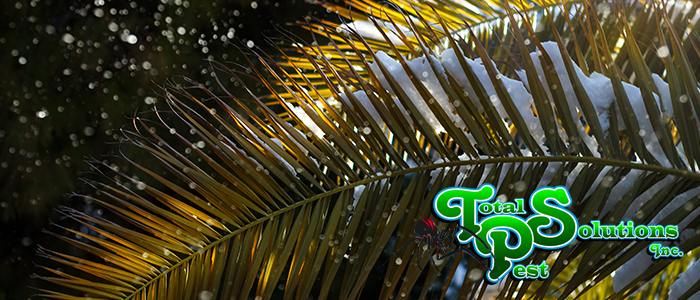
IPM stands for Integrated Pest Management. IPM is a process you can use to solve pest problems while minimizing risks to people and the environment. It helps manage all kinds of pests anywhere–in urban, agricultural, and wildland or natural areas.
The Basics
IPM is an effective and environmentally sensitive approach to pest management. IPM uses current information on the life cycles of pests and their interaction with the environment. This information is used to manage pests and the damage they create by the most economical means and with the least hazard to people, property, and the environment. This approach works for agricultural and non-agricultural settings, such as home, garden, and work. This style of pest management takes advantage of available sources of pest control including, but not limited to, the use of pesticides. Organic food production applies many of the same techniques, except it limits the use of pesticides to those that are made from all natural sources opposed to those made of a lot of chemicals.
How Do IPM Programs Work?
IPM is a series of pest management evaluations, decisions and controls, rather than a single pest control method. There is a four-tiered approach that IPM users employ. Those four steps are as follows:
Set Action Thresholds
Before taking any action, an action threshold must be set. This is a point at which pest populations or environmental conditions must indicate that pest control actions must be taken. Sighting a single pest does not always mean pest control is needed.
Monitor and Identify Pests
Not all insects, weeds, and other living organisms require control. Many organisms are harmless and some are even beneficial. IPM programs work to monitor pests and identify them accurately so that the correct control decisions can be made in concurrence with action thresholds. This monitoring and identifying removes the possibility that pesticides will be used when they are not really necessary or that the wrong kind of pesticide will be used.
Prevention
As a first line of pest control, IPM programs work to manage the lawn or indoor space. These tactics prevent pests from becoming a threat. In agricultural crop, this may mean using cultural methods such as rotating between different crops, selecting pest-resistant varieties, and planting pest-free rootstock. These control methods can be very effective and cost-efficient. These present little to no risk to people, pets, or the environment.
Control
Once monitoring, identification, and action thresholds indicate that pest control is required, and preventive methods are no longer effective or available, IPM programs then evaluate the proper control method both for effectiveness and risk. They employ effective, less risky, pest control methods first. These include highly targeted chemicals, such as pheromones to disrupt pest mating, or mechanical control, such as trapping or weeding. If monitoring, identification, and action thresholds indicate less risky controls are not working, then you employ additional pest control methods. For example, targeted spraying of pesticides. Broadcast spraying of non-specific pesticides is a last resort with most situations.
continue reading
Related Posts
Winter Palm Care in Lakeland: Cold Snap Protection Strategies Lakeland,
Holiday Pest-Free Homes in Winter Haven: Avoiding Cargo Pests As
Auburndale’s Mole Cricket Damage: Repairing Turf Before Frost As the






